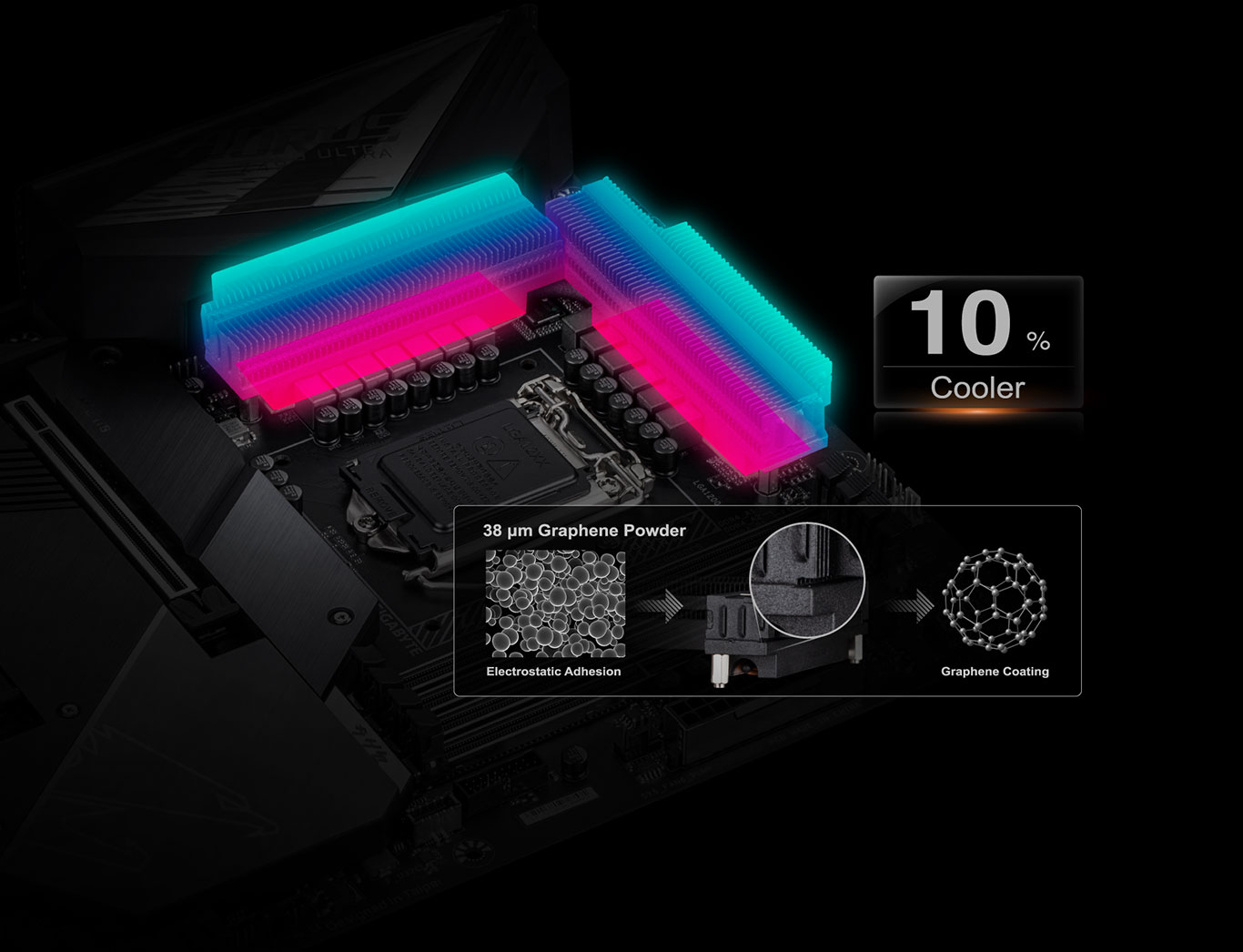Integrated Network & Wireless Cards Driver Download For Windows 10
We Are Your Single Source Business Technology Solutions Provider.
From Access Control and Cameras to Cabling and IT Network Support, one call does it all. We are your trusted technology partner.
Pronet Systems Integrated Network Solution Inc
Integrated Networks is proud to have served El Paso, Texas and the surrounding areas for more than 15 years. We look forward to the future and helping customers secure and optimize their business infrastructure on-site and online. Integrated Network Cable Inc. Commercial Products Wholesale and Distributor. Multi Location Business Find locations. Business Profile. Integrated Network Cable Inc. Structured Cabling for a Connected Lifestyle - Internet-connected devices now permeate all areas of residential and light commercial buildings. As a result, developers, business owners, and homeowners require a stronger wireless and wired network infrastructure.
Integrated Network Concepts
Integrated Networks is a technology solutions integrator of IT infrastructure including Network Cabling, Security Cameras, Door Access Control and IT Network Support. We specialize in the Design, Sale, and Installation of all technology related services. Integrated Networks has experience in the design, installation, certification and maintenance of all Cat5e/Cat6 Copper, Fiber Optic and Wireless Networks. We are structured cabling experts with multiple manufacturer certifications allowing us to provide extended warranty coverage on the networks installed by our factory trained technicians. |
OUR MISSION
| Our ultimate goal at Integrated Networks is to provide our clients with the highest quality service and the best possible solution in a timely manner, at a fair market value. This is accomplished through trust, respect and honesty. In doing so, we build lasting relationships with our clients. We truly believe a relationship built on reciprocal trust ensures mutual success. |
Integrated Network & Wireless Cards Driver Download For Windows 10 64-bit
It’s no secret that the healthcare landscape is changing. Increasingly, there’s a focus on delivering better health outcomes more efficiently and at a lower cost. With healthcare reimbursement shifting towards a “pay for performance” model and an increased focus on population health, health systems and providers are incentivized more and more to look at how they can use data, analytics, and other measures to keep patients healthy and improve patient outcomes. This includes using big data and machine learning to identify patient trends and making more appropriate preventative health suggestions on a case by case basis, instead of just treating them when they fall ill.
As care delivery methods and compensation evolve, clinical integration and Clinically Integrated Networks (CIN) are being leveraged to deal with market changes, both anticipated and realized. And while changes in the market are one big reason for the uptick in Clinical Integrated Networks in recent years – there are now around 500 CINs in existence in the United States according to Becker’s Hospital Review – many CIN members have joined networks because they believe the ultimate goals of CINswill improve the health of their patients.
What is a Clinically Integrated Network (CIN)?

In its article, “The 7 Components of a Clinical Integration Network,” Becker’s Hospital Review defines CINs as individual providers and health systems that are collaborating strategically to do three things: 1) improve patient care, 2) decrease the cost of care and 3) demonstrate their value to the rapidly changing market.
A CIN can be a joint venture between a health system and providers, between provider partners only, or can operate as a subsidiary of a health system– which requires each provider member to sign a separate legal agreement to be part of the CIN.
According to the U.S. Department of Justice, CINs all share four defining characteristics. In order to operate legally as a CIN, a network must:

- Have physicians play a key leadership role. Whether a CIN is a joint venture between a health system and providers (called a Joint Venture Physician-Hospital Organization or “PHO”), a collaboration between provider partners only (called an Independent Practice Association) or a subsidiary of a health system (called a Health System Subsidiary), physicians must be part of the CIN’s governance structure. Physician leadership and buy-in is not only essential from a legal perspective, it’s also critical to the success of a CIN.
- Commit to comply with clinical guidelines. Members of a CIN commit to working on certain performance improvement activities, including improving care outcomes, increasing efficiency of delivered care and increasing patient satisfaction.
- Strategically use data and technology. In a value-based care model, data and analytics are essential. CINs need to strategically use data to shape their care strategies and to prove how they are improving outcomes, increasing efficiency and reducing costs. CINs should be continuously setting metrics and then using data to assess those metrics and make improvements.
- Demonstrate its value. CINs must show how they are delivering better care at lower costs. Essentially, a CIN must be able to speak to and deliver on its value proposition.
Integrated Network & Wireless Cards Driver Download For Windows 10 32-bit

Without each of these four components, a CIN runs the risk of becoming an organization that has the power to negotiate better rates for its members based on its size, not because of the value it provides to patients and payers.
Why would someone join a Clinically Integrated Network?
CIN members share a commitment to working to achieve the Institute for Healthcare Improvement’s “Triple Aim”:
- To improve the patient care experience.
- To improve the health of populations.
- To reduce the cost of healthcare.
In working to achieve and prove how they are meeting the “Triple Aim,” CINs position their health systems and providers as the experts who can deliver superior care at a lower cost, which ultimately helps achieve better reimbursement rates from payers for CIN members.
In addition to the major benefit of reimbursement rate negotiation, the coordinated efforts of CINs allow for>DUMMYTEXT
Sources:
Staffing in the New Economy
Keep your staff focused on patient experiences

 Download our free e-book
Download our free e-bookRecent posts:
Sorry, no recent posts.
